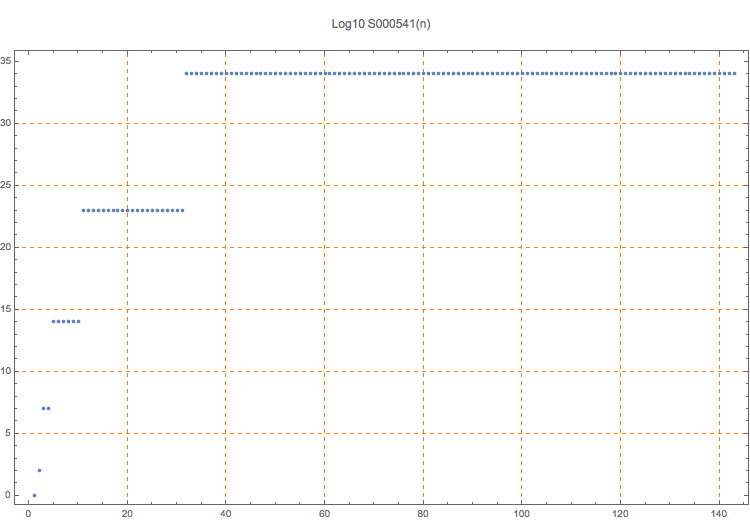Irregular triangle of adjacency matrices of simple connected graphs on n points.
1, 0110, 011100100, 011101110, 0110100110000100, 0110100110010110, 0111100010001000, 0111101011001000, 0111101111001100, 0111101111011110, 0110010010100010100000100, 0110010010100010100100110, 0111010001100001000001000, 0111010001100011000001100
1
Each term contains the elements of an nxn 0-1 matrix. These matrices are symmetric. A particular graph may have many representations as an adjacency matrix. We convert the matrices to binary numbers and choose the largest number for a given graph. For instance 0110 represents a 2x2 matrix, which represents two points connected by a line. Because the matrices are symmetric, they have real eigenvalues. The Mathematica program does the calculation for 4 vertices. This is easy to extend to more vertices, but the calculation time grows exponentially.
T. D. Noe, Plot of 6 rows
T. D. Noe, Table of 6 rows
T. D. Noe, Plot of the graphs of the first 10 terms
Wikipedia, Adjacency matrix
(Mma) Needs[“Combinatorica`”]; s = {}; Do[mat = {{0, a, b, c}, {a, 0, d, e}, {b, d, 0, f}, {c, e, f, 0}}; gr = FromAdjacencyMatrix[mat]; If[ConnectedQ[gr], ind = 0; found = False; While[! found && ind < Length[s], ind++; found = IsomorphicQ[gr, s[[ind]]]]; If[! found, AppendTo[s, gr]]], {a, 1, 0, -1}, {b, 1, 0, -1}, {c, 1, 0, -1}, {d, 1, 0, -1}, {e, 1, 0, -1}, {f, 1, 0, -1}]; Sort[Table[FromDigits[Flatten[ToAdjacencyMatrix[s[[i]]]]], {i, Length[s]}]]
(Mma) (* program for displaying the graph of a number n in this sequence *) n = 0111101111011110; len = 1 + Ceiling[Log[10, n]]; ShowGraph[FromAdjacencyMatrix[Partition[IntegerDigits[n, 10, len], Sqrt[len]]]]
Cf. A001349.
nonn,tabf,nice
T. D. Noe, Mar 18 2015
